All Freddy Krueger Movies in Order
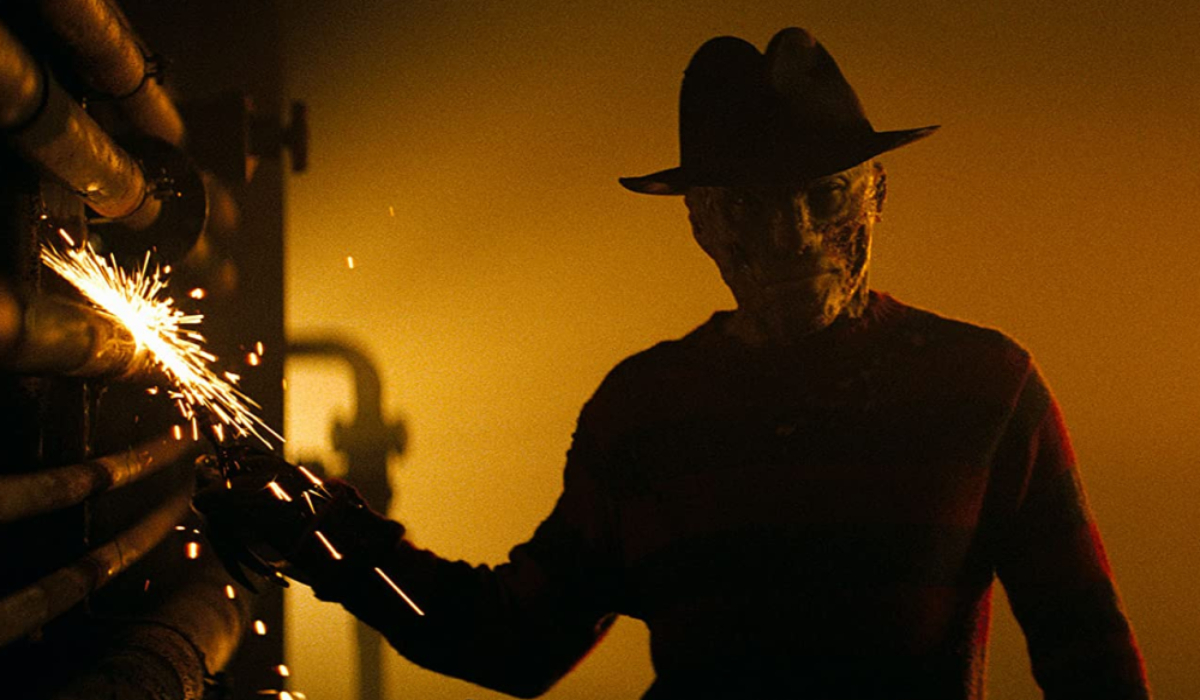
The Nightmare on Elm Street films have etched themselves into the collective psyche with the persistence of a recurring dream that refuses to be forgotten at dawn. These films are masterclasses in the art of keeping audiences awake at night, compliments of Freddy Krueger—a character who could give a TED Talk on the power of nightmares and receive a standing ovation. Freddy Krueger is the quintessential antihero, complete with a sartorially challenged sweater and a hat that’s seen better days.
The man’s office hours are strictly nocturnal, and his cubicle is the malleable canvas of our dreams. Yet, with his particular flair for dreamland decadence and a magnetism that is bizarrely irresistible, he has clawed his way into the pop culture hall of fame. Freddy is a walking, talking memento mori with the timing of a stand-up comic, and here are all of his films in chronological sequence.
1. A Nightmare on Elm Street (1984)
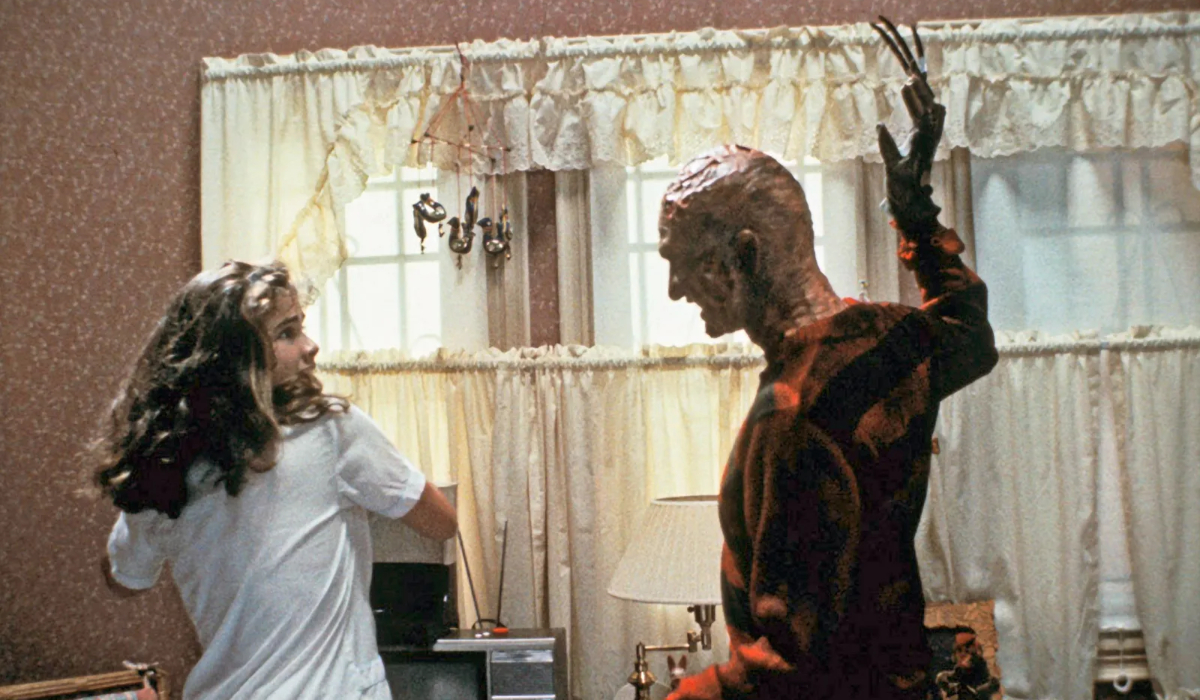
The first Freddy Krueger film, A Nightmare on Elm Street, rests comfortably in its position as the crown jewel of nightmares. Directed by Wes Craven, this film takes a stab—quite literally—at the vulnerable subconscious of slumber. It introduces the world to Freddy, a villain with a couture sense that leans heavily towards fedoras and Christmas-sweater chic and a skincare routine evidently forsaken for the more pressing pursuit of terror.
Freddy, a man of simple pleasures, finds joy in the little things: manicuring his glove, redecorating the boiler room, and playing hopscotch in the dreamscapes of Elm Street’s unwitting teenagers. The film’s beleaguered protagonist, Nancy, soon realizes that counting sheep might as well be counting the minutes to her next rendezvous with Mr. Krueger himself.
2. A Nightmare on Elm Street 2: Freddy’s Revenge (1985)
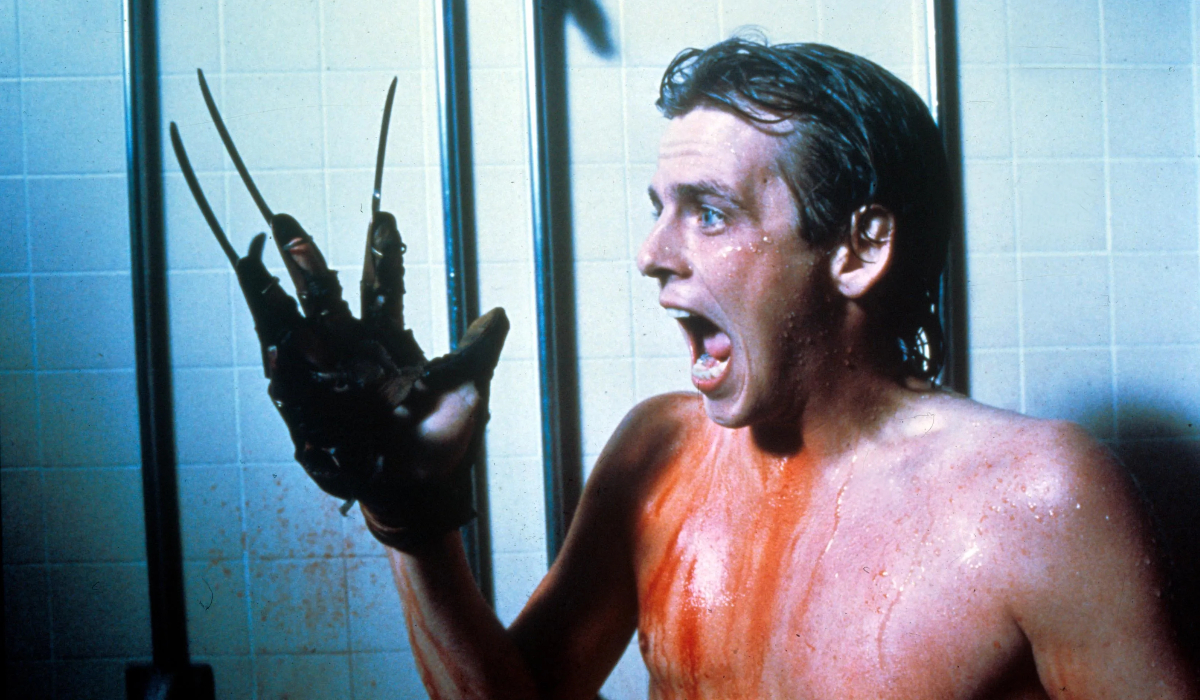
A Nightmare on Elm Street 2: Freddy’s Revenge swoops into the dreamscape like a bat out of hell—or, more aptly, a Freddy out of boiler room. The 1985 sequel sees our stripe-sweatered scaremonger attempting a comeback tour with ambitions beyond mere sleep disruption. The new kid on Elm Street, Jesse, finds himself an unwitting host to Freddy’s spirit, proving that the real estate in his mind is prime property for nightmares.
This film combines three genre staples into one bizarre package: possession, coming-of-age, and rogue parakeets. Director Jack Sholder plays it fast and loose with the laws of metaphysics, crafting a film that is as much a curiosity as it is a horror flick. It’s a bold step—or perhaps a misstep, depending on whom you ask—away from the original’s premise, with Freddy less a dream stalker and more a body snatcher with a fiery disposition.
3. A Nightmare on Elm Street 3: Dream Warriors (1987)
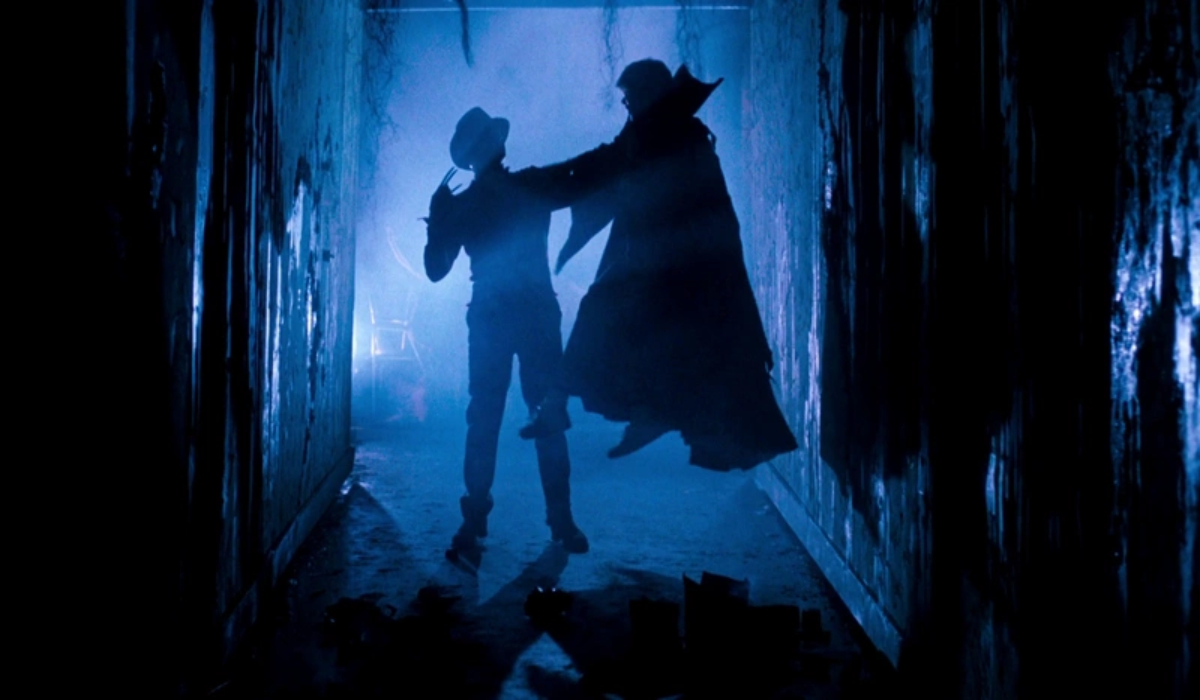
The third nocturnal installment, A Nightmare on Elm Street 3: Dream Warriors, is where Freddy Krueger truly carves his niche into the annals of horror history. This 1987 ensemble piece plucks our fiendish Freddy from the solitary confines of one-on-one nightmares and thrusts him into the group therapy session from hell, quite literally. Our dream-invading antihero is up against a brave band of sleep-deprived teens who’ve decided that turnabout is fair play.
In this therapy circle, the power of positive thinking means weaponizing your dreams against a man who’s all too eager to turn your snooze button into a doomsday device. The teens dubbed the “Dream Warriors” come armed with fantastical dream powers and a collective desire to put Krueger back into the REM sleep he so gleefully corrupts. Director Chuck Russell stitches together a patchwork of psychic battles and surreal showdowns, crafting a film as layered as Freddy’s facial topography.
4. A Nightmare on Elm Street 4: The Dream Master (1988)
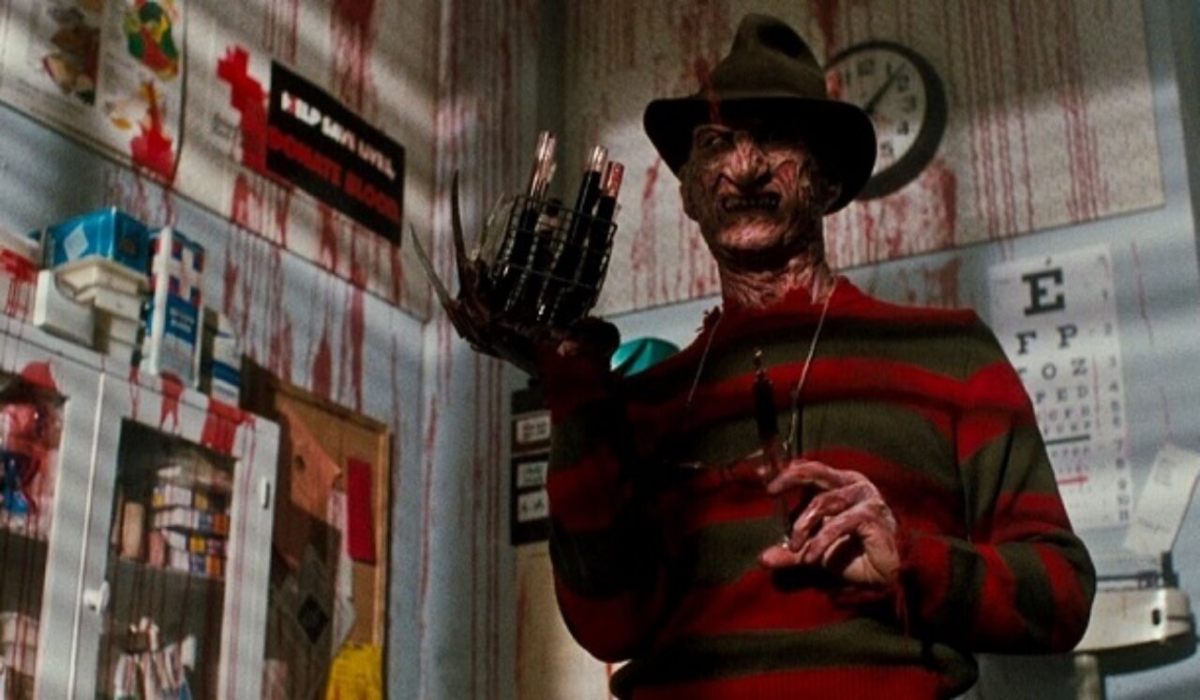
A Nightmare on Elm Street 4: The Dream Master, directed by Renny Harlin, presents a veritable Rubik’s Cube of the subconscious where Freddy Krueger, the Picasso of dreamland dismemberment, returns to add a few more strokes to his nightmarish oeuvre. This time, Freddy sets his sights on a new slate of Elm Street’s finest, whose dreams are ripe for the reaping.
Enter Alice, the titular Dream Master, whose role is less about mastering ceremonies and more about mastering the art of dream jujitsu to combat the sweater-clad specter. The film is an ’80s extravaganza of effects and eccentricities, with Freddy delivering one-liners that land with the finesse of a cat on a hot tin roof.
5. A Nightmare on Elm Street 5: The Dream Child (1989)
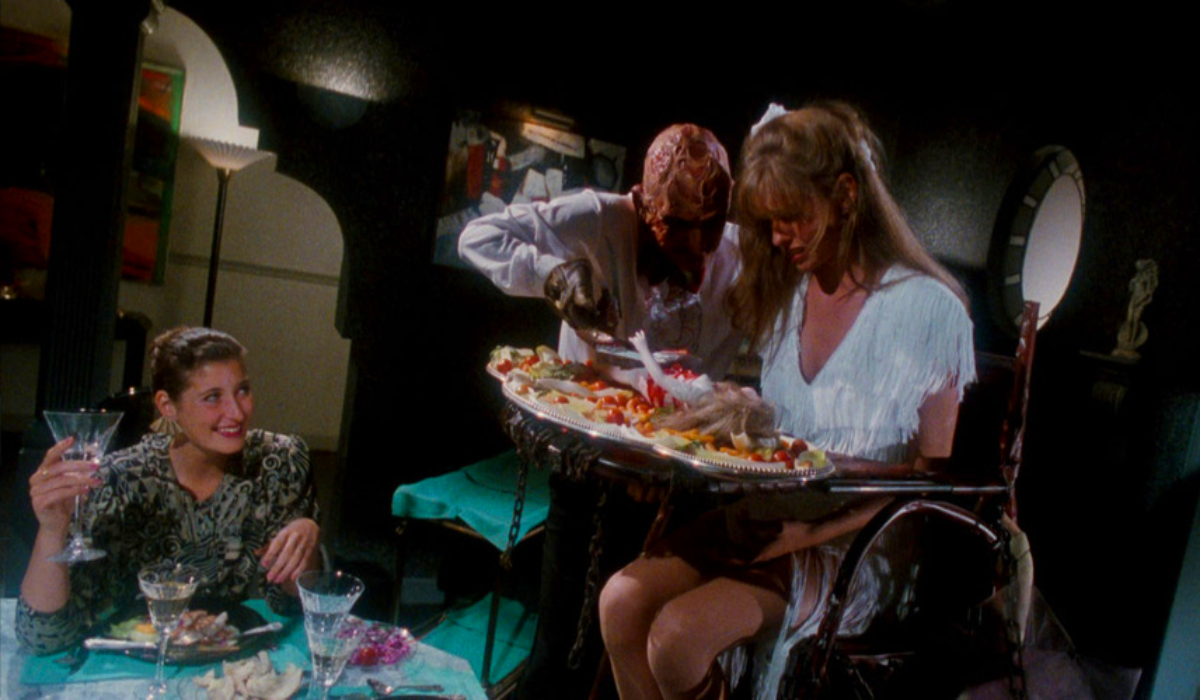
In A Nightmare on Elm Street 5: The Dream Child, the inexhaustible Freddy Krueger, the innovator in the dark arts of dream invasion, decides to try his bladed hand at a bit of prenatal pandemonium. This 1989 installment, directed with a surrealist touch by Stephen Hopkins, sees Freddy attempting to break through the generational barrier, keen on corrupting more than just your average teen’s beauty sleep.
Here, Freddy plays the malevolent stork, targeting the unborn child of Alice, our resilient Dream Master from round four, who apparently didn’t master enough to keep Krueger in check.
6. Freddy’s Dead: The Final Nightmare (1991)
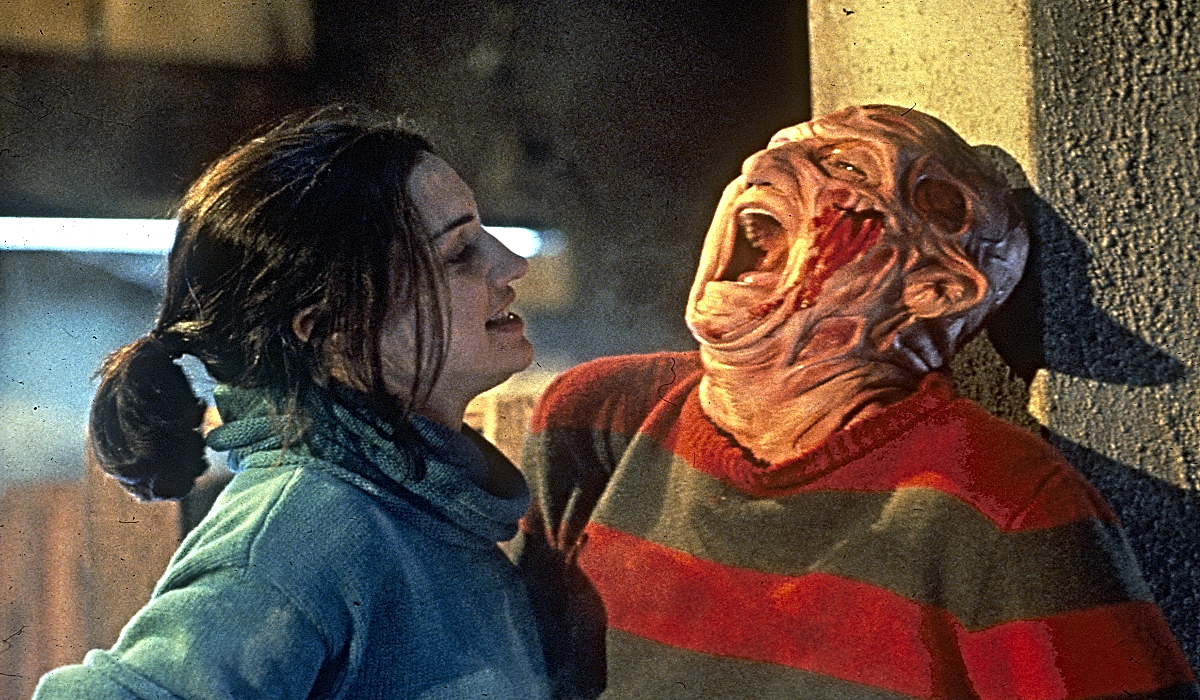
Freddy’s Dead: The Final Nightmare promised to tuck Freddy Krueger into the bed of eternal rest. Even though this was supposed to be Freddy’s final performance, the master of nightmares (who might as well have “do not disturb” carved into his headstone) is up to his old tricks again, this time with a backstory so complex that it belongs in a therapist’s “confidential” file.
Director Rachel Talalay takes us down Elm Street’s memory lane, where the scenery blends nostalgia and novelties. Here, the dream demon is more cartoonish carnival barker than shadow-lurking night terror, his shtick leaning heavily into the realm of the absurd. In Freddy’s Dead, the finality is as suspect as the safety of a locked door in Springwood, leaving audiences to wonder if Freddy’s bow is truly his last or if it’s merely intermission before the encore.
7. Wes Craven’s New Nightmare (1994)
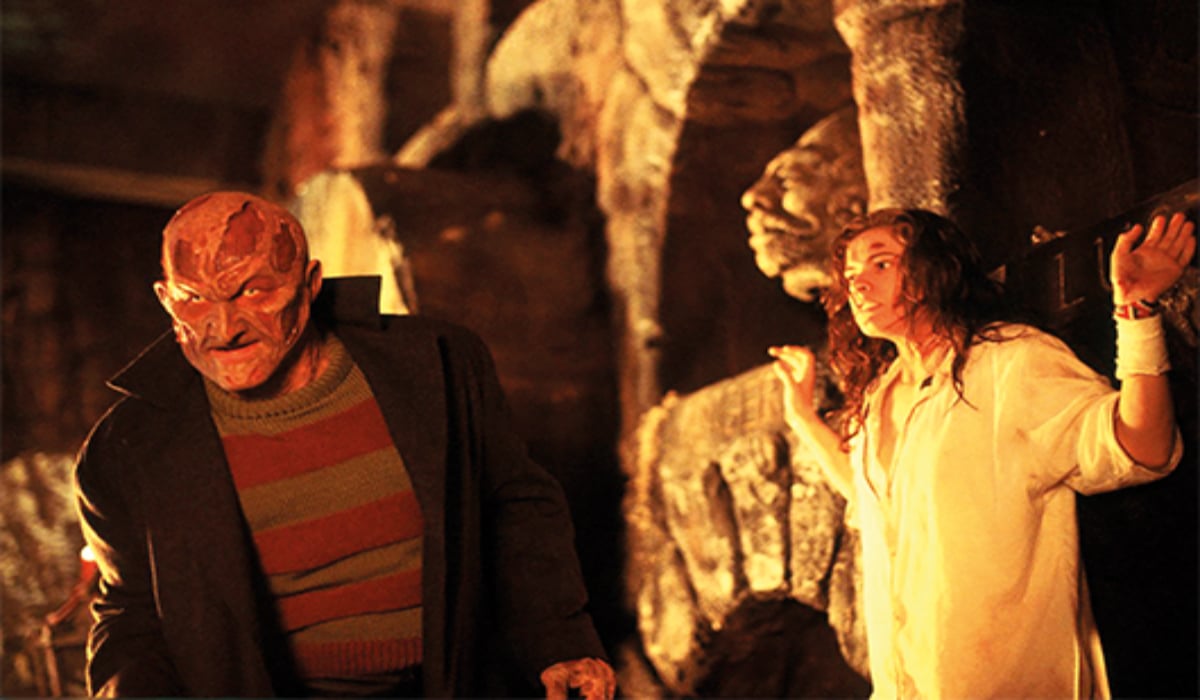
Freddy Krueger gets a second chance at life in Wes Craven’s New Nightmare, showing that the wicked never die and never get any peace. Freddy’s original creator, Wes Craven, plays with the narrative strings, blurring the distinctions between the creator’s world and the creation’s world.
Heather Langenkamp, as herself, faces off against earthquakes and a Krueger who seems more menacing than ever, as if he’d been fermenting in the cask of the subconscious, aging like a fine wine with an aftertaste of dread. While it may have been the underdog of the Nightmare series, this film managed to charm the critics and sneak into the hearts of many. It’s like the little engine that could, proving that even the darkest dreams can have a silver lining.
8. Freddy vs. Jason (2003)
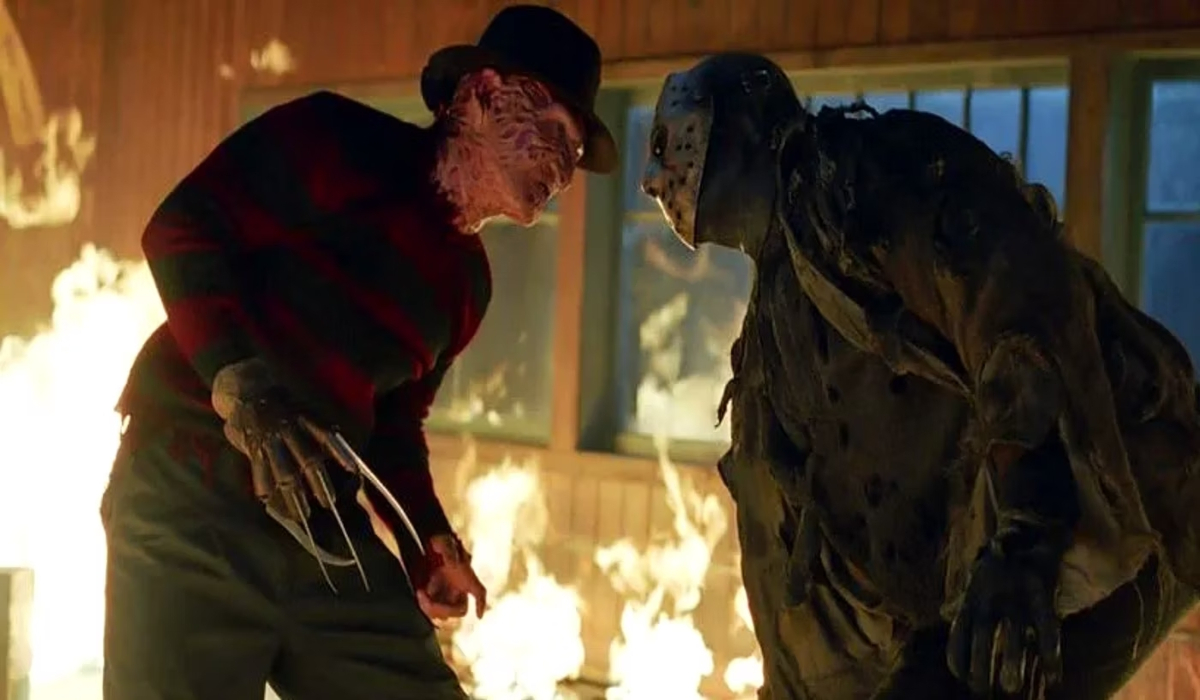
Freddy vs. Jason, the 2003 cinematic smackdown that fans of the slasher genre had been drooling over in their dark daydreams, serves up a grudge match worthy of the horror Hall of Fame. In this corner, weighing in with a striped sweater and a penchant for puns, is Freddy Krueger, the dream weaver with a razor-sharp wit. And in the opposite corner, donning a hockey mask and a silence that’s louder than a scream, is Jason Voorhees, the Crystal Lake walking catastrophe.
Director Ronny Yu orchestrates this ballet of brutality with the glee of a child who’s just mixed all the forbidden chemicals in the science lab. The premise is as simple as a stab in the dark: Freddy decides to recruit Jason as his personal sleep disturbance assistant. What ensues is less a team-up and more an Olympiad of terror where the only sport is survival, and the rules are as fluid as the ill-fated teens caught in the crossfire.
9. A Nightmare on Elm Street (2010)
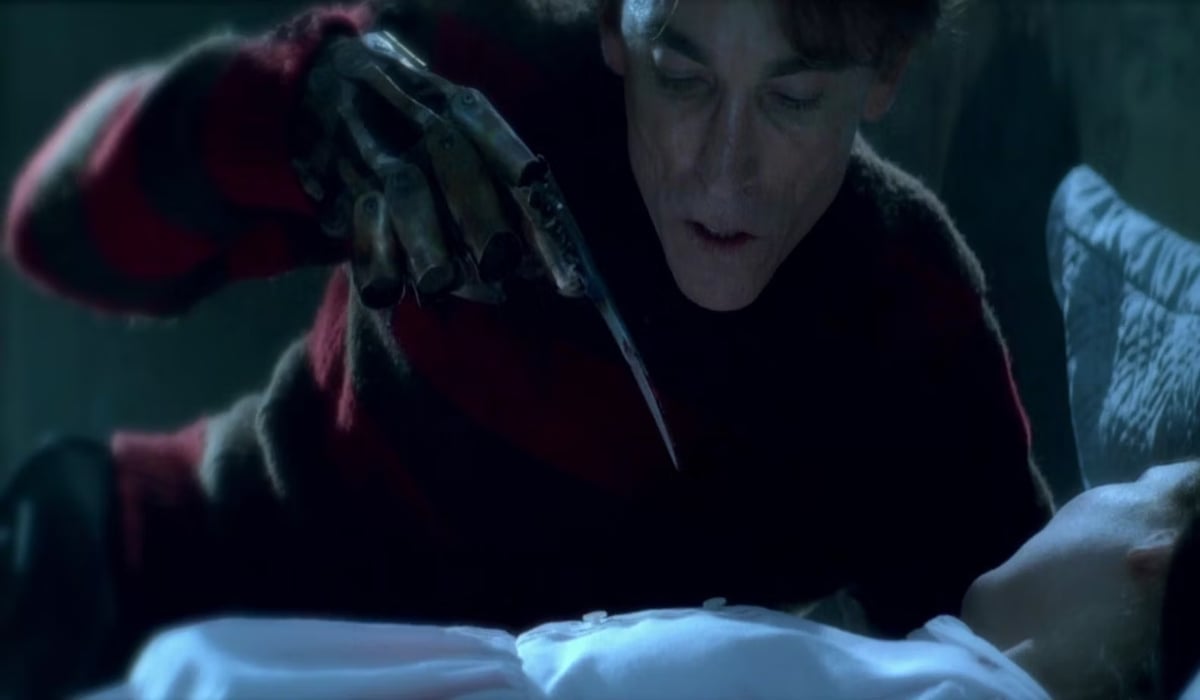
This reboot, helmed by director Samuel Bayer, is a reimagined slumber party where the invitation list includes high-definition scares and a fresh-faced cast, ready to be tucked in by Springwood’s most infamous dreamland assassin. Portrayed with a new sinister edge by Jackie Earle Haley, swaps out some of his trademark humor for an injection of grit, perhaps hoping to be taken more seriously by the social media generation.
The modern Elm Street is less about the jazz hands of horror and more about the cold grip of reality, with the filmmakers meticulously smoothing down the fantastical edges of yesteryear to a rough, almost documentary-like surface. The dream sequences are refurbished haunts with updated special effects that strive to outshine their practical predecessors, like an ambitious understudy itching for the spotlight.
(featured image: Warner Bros. Pictures)
Have a tip we should know? [email protected]
